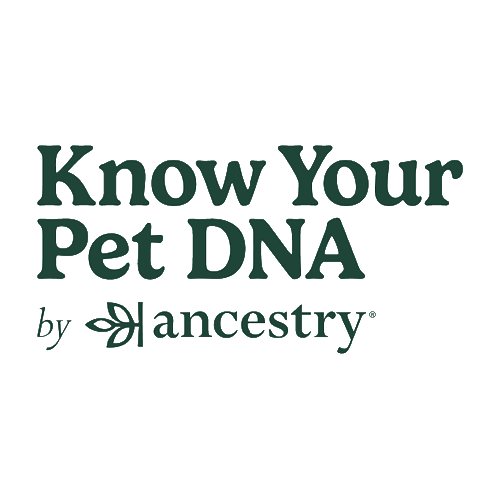
Pets have been a bright spot in people’s lives throughout the pandemic, providing unconditional love and support. Approximately 11 million U.S. households brought home a new pet during the pandemic[1], and pet owners have overwhelmingly reported that they could not have made it through the toughest parts of the lockdowns and quarantines without them.
Now more than ever, people need resources and support to improve and maintain good mental health. The good news is that the human-animal bond – our mutually beneficial relationship with our pets – can support better mental health for people of all ages, in good times and in bad.
With Mental Health America’s Tools 2 Thrive topics in mind, the Human Animal Bond Research Institute (HABRI) has compiled scientific research and information on the many ways that pets can help improve mental health, resilience, and empower us to thrive.
Adapting after trauma and stress
Research shows that the emotional[2] and social[3] support pets provide helps buffer stress, promote resilience, and recover from adverse circumstances.
Studies have demonstrated that pet owners recover faster from stressful events than non-pet-owners[4], and that the simple act of petting an animal has also been shown to reduce anxiety[5]. Science has shown that pets activate our oxytocin systems and reduce cortisol levels in our brains, documenting the physiological mechanism behind stress reduction and improved well-being[6][7].
For those recovering from trauma, regular interaction with animals in a structured intervention has been found to reduce participants’ self-reported fear and anxiety, depression, and sleep disturbance[8][9].
Dealing with anger and frustration
One great tip for coping with anger and frustration is changing one’s surroundings or finding a welcome distraction. Pets are good for both – try playing with your cat or dog!
One study found that pets, by serving as a distraction from typical symptoms and encouraging meaningful activity[10], helped people cope with depression and other mental health issues[11]. Walking, exercising, or playing with pets is associated with greater happiness and meaning and less stress relative to other activities[12]. Science also shows that pets can also instill feelings of happiness in people and improve mood. Pet owners have been found to laugh more often than non-pet-owners[13].
Research also suggests that pet owners often derive the same amount of overall social support from their pets as from their parents or siblings, and that this support is another contributing factor to the greater levels of well-being and happiness that pet owners tend to experience [14][15].
Taking time for yourself
Moving your body is a great way to take some time for yourself. Research shows that spending time in nature can be restorative, allowing the brain to rest and process information[16]. A pet can be a great excuse to get outside and walk and research shows that dog owners walk more often than non-owners[17].
Processing big changes
It goes without saying that the pandemic brought unexpected changes to people’s lives. In providing consistency, companionship and purpose, pets have helped us process the pandemic and feelings of uncertainty[18].
Keeping up with self-care is so important for processing change. When so much can feel overwhelming, it’s easy to stay in bed or on the couch. Keeping up with normal, healthy habits is important. Pets can encourage us to adhere to our routines and add structure to our lives[19].
Self-acceptance
Taking care of our pets can even positively change the way we think about ourselves.
People recovering from serious mental health conditions have commonly reported feeling a sense of control when they successfully care for a pet, which can increase feelings of self-efficacy[20].
Pets also offer unconditional love for their owners, which can be deeply validating for people facing social stigma for mental health issues[21][22]. Pets are often seen as non-judgmental, non-evaluative and accepting[23], which can be particularly beneficial for buffering stress and social anxiety in children[24].
Mindfulness
The simple routines associated with pet care can help people stay mindful and in the present. A study of pet owners living with a long-term mental health condition found that pets may disrupt inward attention from harmful symptoms or upsetting thoughts such as suicidal ideation. Pet care, such as regular feeding, walking and play, can provide people with an opportunity to focus their attention and ground them in their day-to-day lives[25].
Resources on the Human-Animal Bond
The Human Animal Bond Research Institute (HABRI) is proud to partner with Mental Health America to raise awareness of the mental health benefits of the human-animal bond. For more information about the science of the human-animal bond, please visit www.habri.org.





